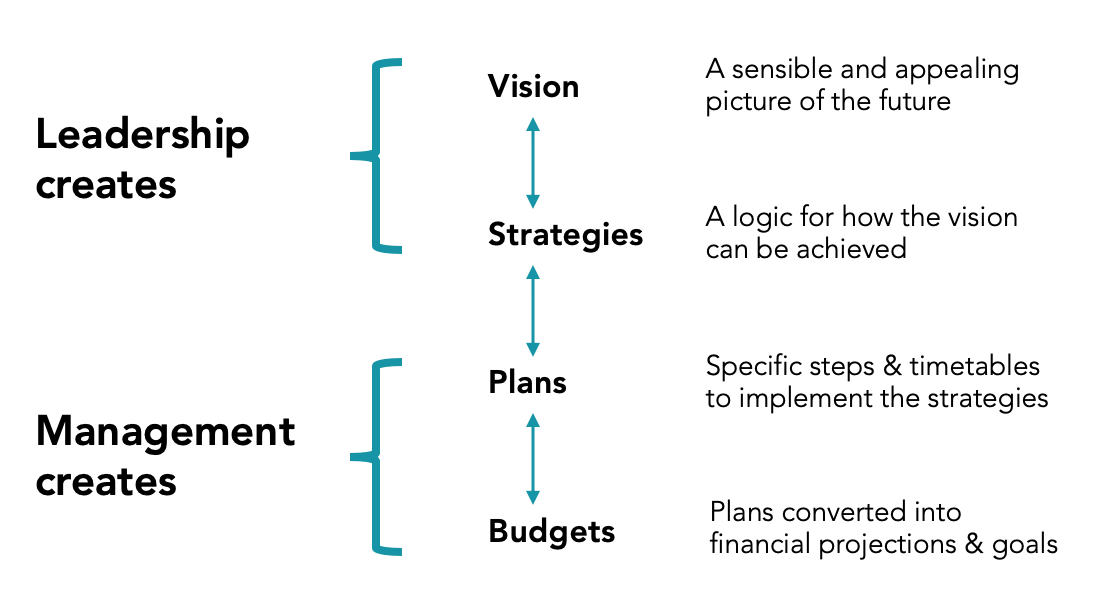In the third part of Pricing Transformation, by Richard Burcher, he explains how to develop a pricing vision and strategic plan.
While many law firms have over the last few years begun pricing improvement initiatives, many have failed to realise their potential and in the most disappointing and frustrating examples, they have eventually reverted to type entirely, losing all of the gains originally achieved. There is good reason for that. It’s hard. The rewards are significant but if it was easy, everyone would have done it a long time ago.

So, we have decided to provide firms with a roadmap which will greatly increase the prospect of durable and sustainable improvements. In doing so, we have developed a law firm specific model which draws on the work of John P Kotter, Konosuke Matsushita Professor of Leadership, Emeritus, at Harvard Business School. Professor Kotter is widely regarded as the foremost international authority on the topics of leadership and change.
In this series which will span 8 weeks, we will set out the 8 steps to a successful law firm pricing improvement initiative. Previous posts have covered:
Step #1 – Creating a Sense of Urgency.
Step #2 – Creating a Guiding Coalition
Which brings us to…
Most firms understand the need to have a vision of where they are going. The vision will usually underpin the firm’s strategic plan. All too often, there is little if any specific mention of pricing as part of the firm’s strategic plan. This is a serious omission because pricing forms a critical role in helping to achieve the firm’s strategic objectives and ultimately its vision of how it wants to see itself in the marketplace.
So, in a sense, the pricing vision and strategy must be a ‘mini-me’ of the broader vision and strategy. Let’s look at an example which, although a gross oversimplification, illustrates the point (we made it up – it isn’t an actual firm – that we know of!);
Firm vision: to establish the firm as the top ranked aerospace firm in the European market.
Pricing vision (which reinforces the firm vision): to be regarded by the aerospace market as the premium provider of aerospace legal advice based on a reputation for being ‘expensive but exceptionally good value’.
But there is no point having a vision if there is a widespread belief that accomplishing it will be through a process of incremental change, something that the legal profession has made an art form of.
No, pushing the firm and individuals out of their comfort zone and towards something aspirational requires something more. Implementation efforts generally fall into three categories;
1) Authoritarian decree – this often works poorly even in simple situations. Moreover, the culture of most firms and the personality of most lawyers means that this approach is almost always doomed to failure.
2) Micromanagement – because the creation and communication of detailed plans is deathly slow, the change produced this way tends to be highly incremental, the complete antithesis of what is required. Again, there aren’t too many partners that are happy to be micromanaged by the firm’s leadership.
3) Vision – although it is a hard thing to accomplish, creation and communication of a compelling and aspirational vision is what is most likely to galvanise commitment and effort where everyone in the organisation can envisage a successful outcome and realistically conceive the benefits that will accrue to all.

Vision refers to a picture of the future with some implicit or explicit commentary on why people should strive to create that future. This is essentially a change process in the context of which vision serves three important purposes;
1) Clarifying the general direction of change.
2) Motivating people to take action in the right direction even if it means some short-term pain.
3) It helps coordinate the actions of different people in a comparatively fast and efficient way.
The characteristics of an effective vision are universal;
In Step #2 – Creating a Guiding Coalition we discussed the importance of a judicious mix of leadership and management in building out the firm’s new approach to pricing. Allocation of responsibility might therefore look something like this;

Above all else, it is essential that firms do not treat pricing as an orphan of law firm vision and strategy. It is an integral part of every facet of the firm’s operations. It must be woven into the fabric of everything the firm does including its broader vision. Until it is, efforts to improve the firm’s approach to pricing are likely to result in only short-term gains, if any.
You can also read this article on the Validatum website, first published 1 June 2020.